Historic District window rules help (long, sorry)
juno2008
10 years ago
Featured Answer
Comments (12)
Windows on Washington Ltd
10 years agolast modified: 9 years agoRelated Professionals
Carol City Window Contractors · Glen Burnie Window Contractors · Sudbury Window Contractors · Cypress Window Contractors · Enumclaw Window Contractors · Meridian Window Contractors · Opa Locka Window Contractors · Scotts Valley Window Contractors · Ashtabula General Contractors · Franklin General Contractors · Gallatin General Contractors · Green Bay General Contractors · North Smithfield General Contractors · Tuckahoe General Contractors · Maple Valley CarpentersWindows on Washington Ltd
10 years agolast modified: 9 years agoOut of the Woods Inc.- Window & Door Specialists
10 years agolast modified: 9 years agoWindows on Washington Ltd
10 years agolast modified: 9 years agoOut of the Woods Inc.- Window & Door Specialists
10 years agolast modified: 9 years agomillworkman
10 years agolast modified: 9 years agoWindows on Washington Ltd
10 years agolast modified: 9 years agojbuhler
8 years agojbuhler
8 years agoWindows on Washington Ltd
8 years agomillworkman
8 years ago
Related Stories
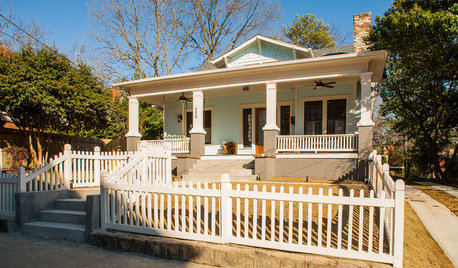
BEFORE AND AFTERSHouzz Tour: New Life for a Historic Georgia Fixer-Upper
Renovation restrictions didn't limit a couple's enthusiasm for this well-sited Decatur home
Full Story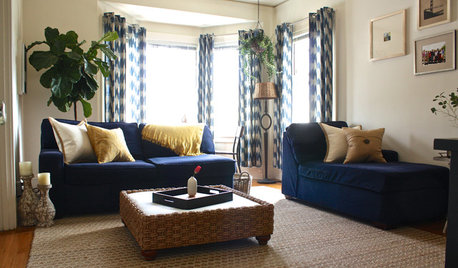
HOUZZ TOURSMy Houzz: Creative Renters Triumph Over the ‘No Paint’ Rule
Not allowed to paint and limited with nails, a design-minded couple uses furnishings and textiles to make their rooms stand out
Full Story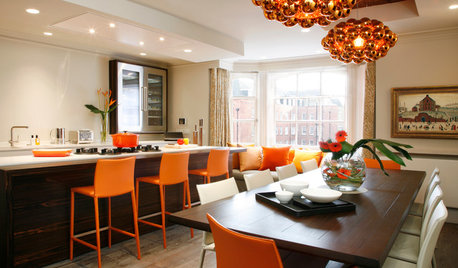
CONTEMPORARY HOMESHouzz Tour: Contemporary Glamour in a Historic London Flat
An elegant Kensington apartment is updated to make it a vibrant home for a creative family
Full Story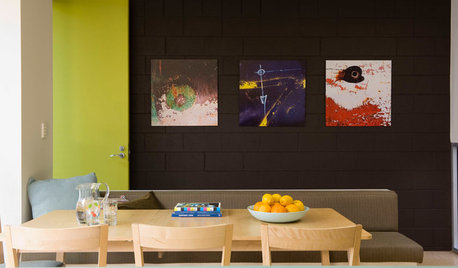
PAINTING10 Rules for Your Next Painting Project
Take your next painting journey from ‘argh!’ to ‘ta-da!’ with these designer tricks
Full Story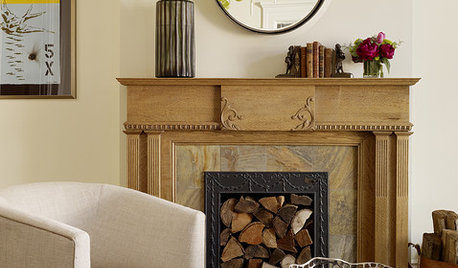
DECORATING GUIDESDownsizing Help: Color and Scale Ideas for Comfy Compact Spaces
White walls and bitsy furniture aren’t your only options for tight spaces. Let’s revisit some decorating ‘rules’
Full Story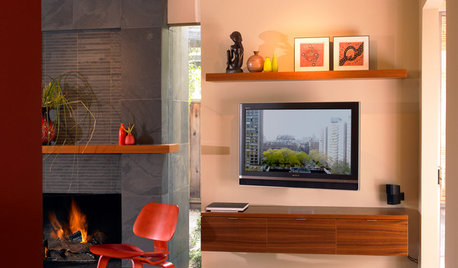
DECORATING GUIDESDecorate With Intention: Helping Your TV Blend In
Somewhere between hiding the tube in a cabinet and letting it rule the room are these 11 creative solutions
Full Story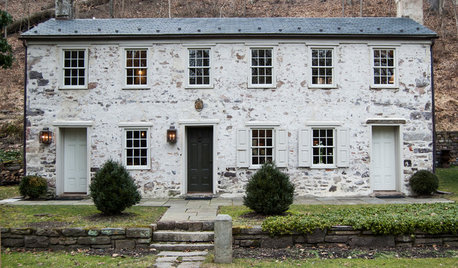
TRADITIONAL HOMESHouzz Tour: A Historic Remodel Keeps the Romance Alive
It was love at first sight for the owner of a 2-centuries-old house. She and her husband renovated it with tender loving care
Full Story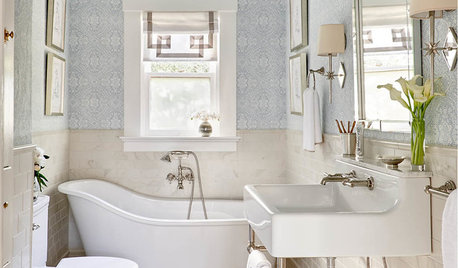
BATHROOM MAKEOVERSRoom of the Day: A Luxury Master Bathroom With a Historic Feel
A Napa, California, couple overhaul the only bathroom in their first home to replace a clunky layout and unwelcoming finishes
Full Story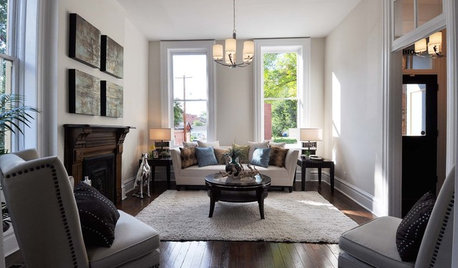
HOUZZ TOURSHouzz Tour: Restoration Revives a Historic Italianate Home
Painstaking work on a 3-bedroom in St. Louis results in a home that marries modern conveniences and respect for the past
Full Story





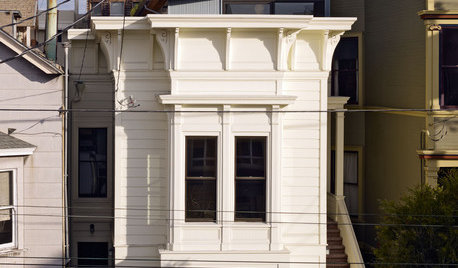


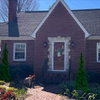

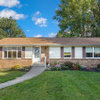
Out of the Woods Inc.- Window & Door Specialists